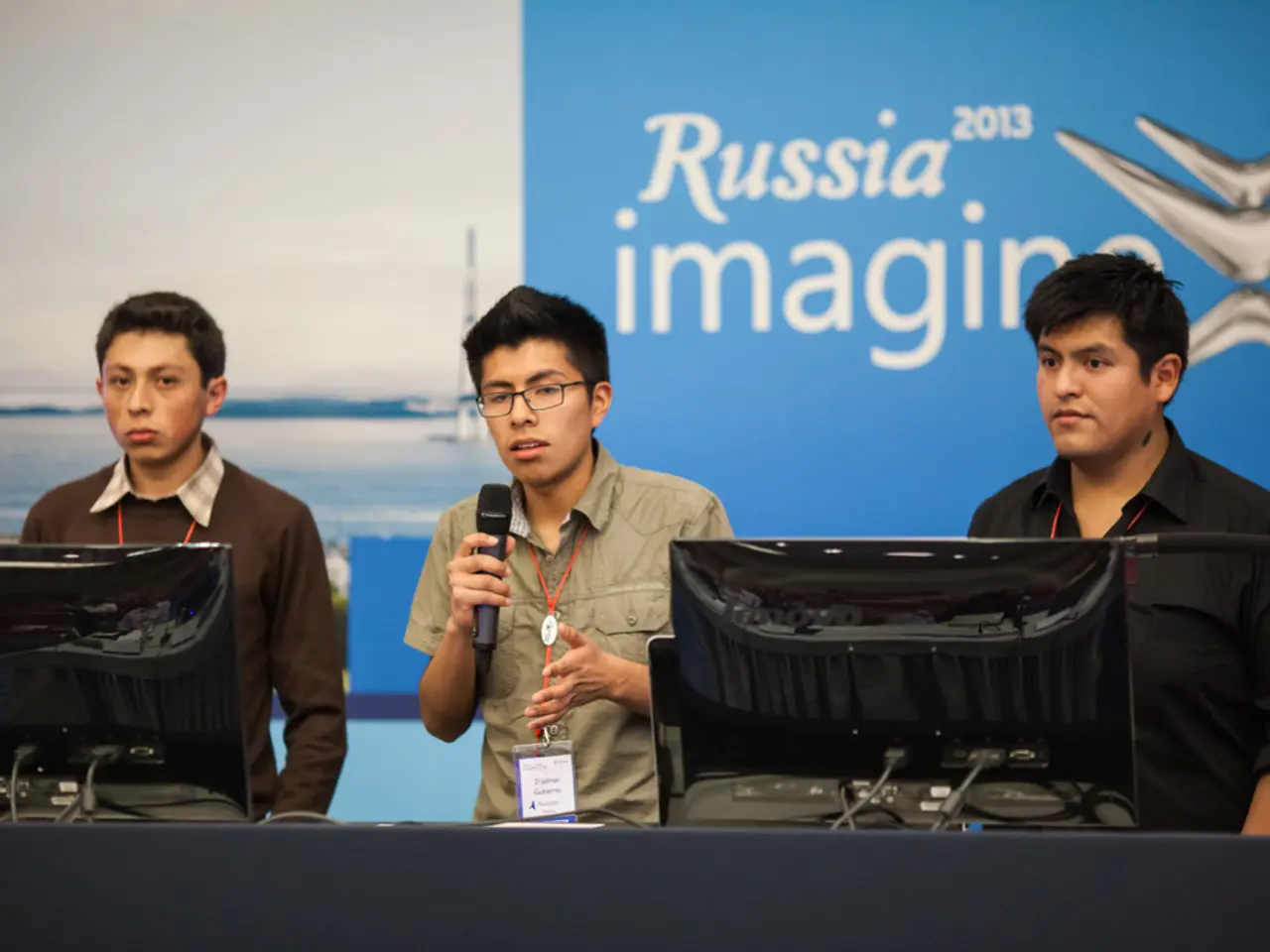Skyrocketing HIV cases in the Russian military recall a 2000% increase since the onset of the conflict.
In a concerning development, Russia has consistently ranked among the top five countries globally in new HIV infections since 2022 [1]. This alarming trend is highlighted in a report by the Carnegie Endowment for International Peace, which paints a dire picture of the HIV situation in Russia [2].
The Elton John AIDS Foundation, an international organisation that aims to combat HIV stigma, protect LGBTQ+ communities, and end the AIDS epidemic, has been operating in over 90 countries worldwide [3]. However, on April 3, 2022, Russia's General Prosecutor's Office declared the Elton John AIDS Foundation "undesirable," citing allegations of promoting Western family models and gender change [4].
The HIV infection rate in the age group of 15 to 49 years in Russia is 3 to 15 times higher than in Germany, Italy, Spain, and Portugal [1]. In comparison, the infection rates in Ethiopia, Congo, and Nigeria are 0.9%, 0.7%, and 1.3%, respectively [1].
Russia accounted for 3.9% of all new HIV cases worldwide in 2021, more than Tanzania, Uganda, Zambia, or Kenya combined [5]. By the end of 2022, the number of HIV infections in the Russian army had risen 13-fold compared to pre-war levels [6]. According to the Moscow Times, there has been a 2000% increase in HIV infections among Russian soldiers since the full-scale invasion of Ukraine [7].
The sharp rise in HIV infections among Russian soldiers is attributed to both frontline conditions and Russian authorities' policies that have intensified pressure on HIV prevention and awareness organisations [8]. Vadim Pokrovskii, head of the epidemiology and HIV/AIDS prevention department, forecasts that by 2030, the number of new infections could reach 660,000 [9].
The worsening healthcare conditions during war have led to significant disruptions in the supply and availability of antiretroviral therapy (ART), crucial for managing HIV [2]. The Health Ministry’s HIV treatment coverage fell below 50 percent for the first time in many years because funding and attention shifted away from HIV care [2].
Moreover, the war has further disrupted fragile domestic ART systems, and only some wealthy Russian regions could fully finance ART for patients even before the war [2]. The lack of political will and outdated approaches have also contributed to the epidemic’s growth, as Russia failed to adopt proven international HIV prevention strategies [2].
Changes in military recruitment policy in 2023, including allowing 18-year-olds to sign contracts without prior conscription, increased the number of young, often vulnerable recruits exposed to war conditions and heightened risk factors [3]. The large influx of young soldiers with inadequate health support likely contributed to rising HIV infections among the military.
Experts warn that the demographic and economic repercussions of the rising HIV infections in Russia will be felt for decades and could prove even more devastating than the consequences of the invasion of Ukraine [10]. The Carnegie Endowment analysts emphasise that the continuing rise in HIV rates in Russia is due to political decisions and cite Kremlin actions against HIV prevention organisations as an example [2].
- The Elton John AIDS Foundation, a global organization working to combat HIV stigma, protect LGBTQ+ communities, and end the AIDS epidemic, was declared "undesirable" by Russia's General Prosecutor's Office in 2022, allegedly due to promoting Western family models and gender change.
- The HIV infection rate in the 15 to 49 age group in Russia is significantly higher compared to that in countries like Germany, Italy, Spain, and Portugal, highlighting the need for improved health-and-wellness initiatives and HIV prevention strategies.
- Chronic diseases, including HIV, are on the rise among Russian soldiers, with a 2000% increase in HIV infections since the full-scale invasion of Ukraine, partly due to the disruptions in supply and availability of antiretroviral therapy and the demographic shift in military recruitment.
- The worsening mental-health conditions, along with insufficient attention and funding for HIV care, have contributed to the growth of chronic diseases such as HIV in nutrition-deficient regions, potentially leading to severe societal and economic repercussions that could last for decades.




